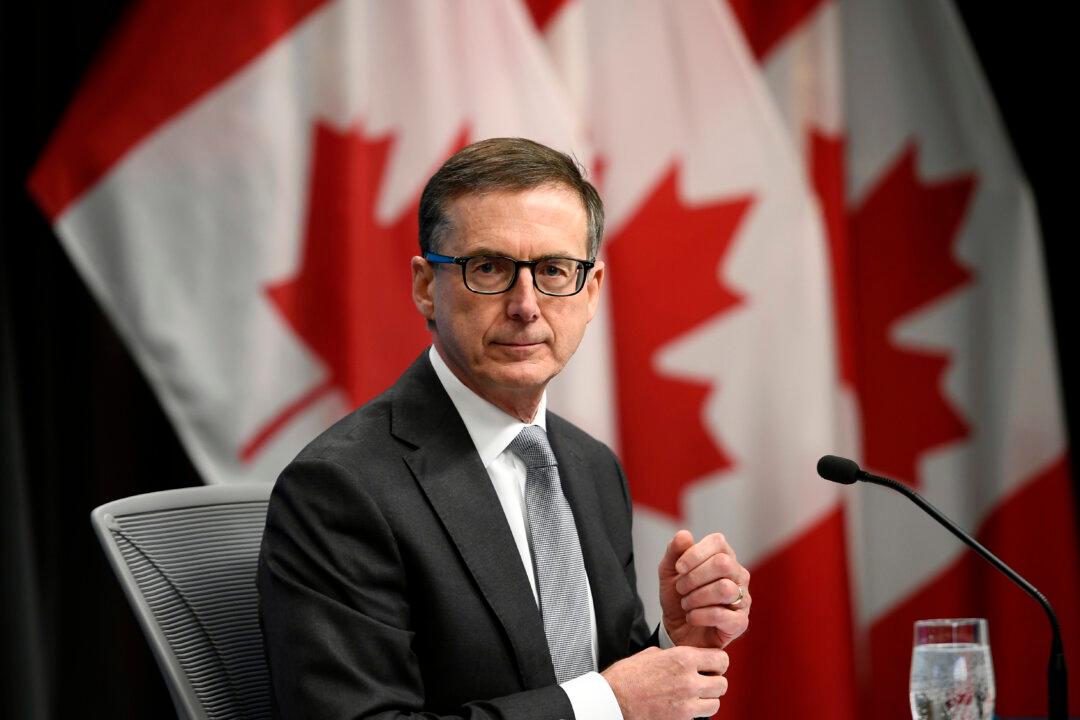The Bank of Canada gave markets a bit of a surprise when it didn’t raise its key rate on Jan. 26. It stated that the time for extraordinary COVID-19 support is over and multiple interest rate increases are coming.
Bank of Canada governor Tiff Macklem said the central bank is taking a very deliberate approach in transitioning monetary policy from one of providing emergency stimulus to one of raising interest rates.
“Interest rates will now be on a rising path. This is a significant shift in monetary policy, and we judged that it is appropriate to move forward in a deliberate series of steps,” Macklem said in his opening statement at the BoC’s press conference.
But due to Omicron dampening the economy in the first quarter, the BoC decided to keep interest rates unchanged for the time being.
The Bank of Canada is very sensitive to public opinion, says Carleton University business professor Ian Lee, who also said he was “surprised, but not shocked,” that the BoC didn’t raise rates on Jan. 26.
“They didn’t want to be seen to be raising interest rates when the Omicron pandemic is still playing out. And so I think that they thought, ‘Oh, well, we'll just postpone it,’” he told The Epoch Times.
The central bank sent a clear signal that the pandemic’s extraordinary measures are no longer needed. It’s judging that “economic slack [is] now essentially absorbed” and said its governing council decided to “end its extraordinary commitment to hold its policy rate at the effective lower bound.”
Inflation Persistent
Macklem said that the risks around the BoC’s inflation forecasts are “reasonably balanced” but that the central bank is more concerned about upside risks than downside risks.
The Bank of Canada forecasts inflation to average 4.2 percent in 2022—up from October’s forecast of 3.4 percent—and 2.3 percent in 2023, which is unchanged from October.
“Under the assumption that oil prices remain flat, the boost from higher gasoline prices should also fade in the coming quarters,” according to the central bank’s quarterly monetary policy report, released also on Jan. 26, which assumes the price of West Texas Intermediate remains around US$75 a barrel over the projection period, up to the end of 2023.
However, WTI traded at near a seven-year high of US$88 a barrel on Jan. 26, getting a boost due to Russia’s threats against Ukraine.





